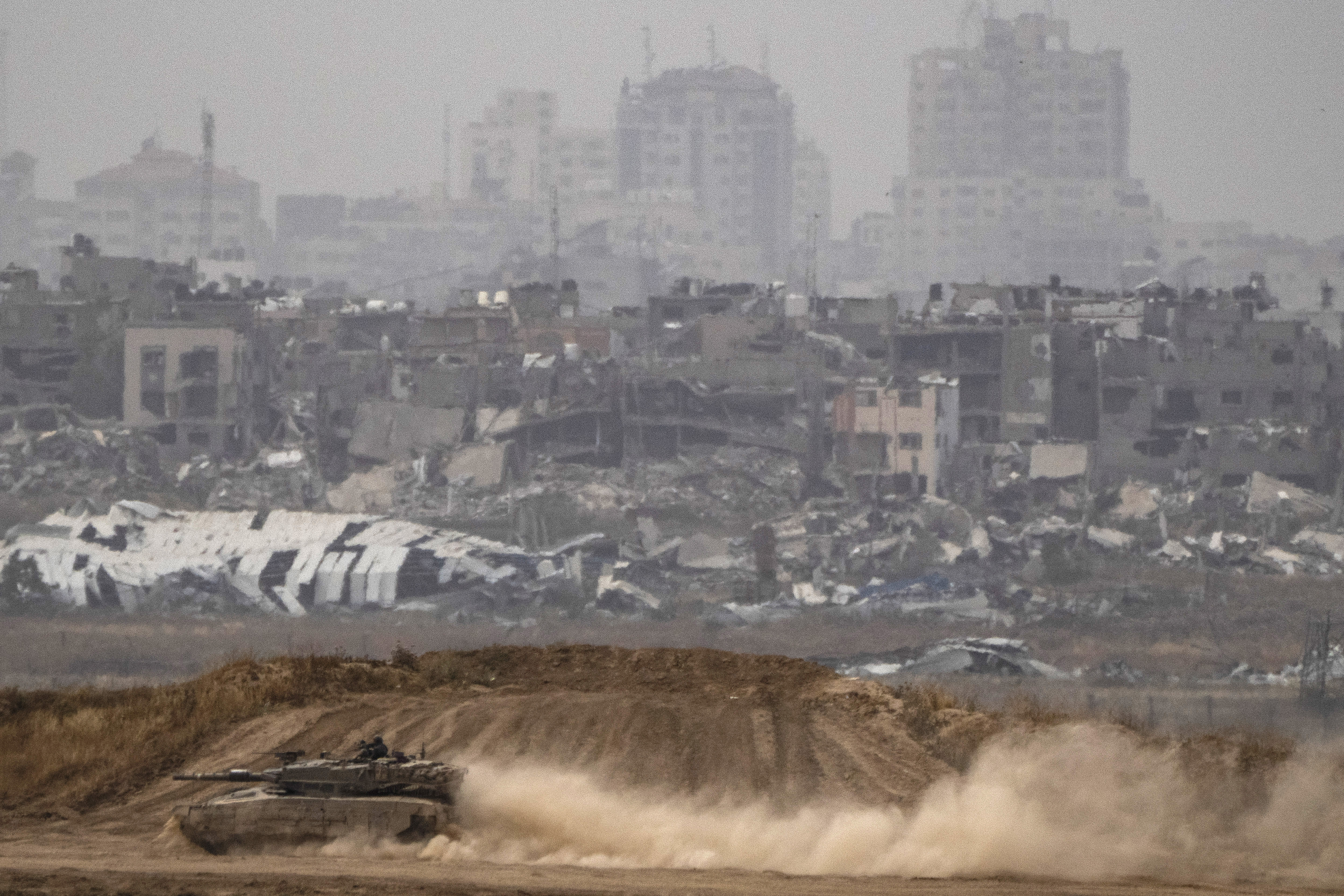The Cupertino City Council on Tuesday night unanimously approved the massive, 176-acre Apple Campus 2 project nicknamed the "Spaceship," a project expected to both make architectural history and increase traffic in the city south of San Francisco.
The nickname comes from a 2.8 million-square-foot, ring-shaped building of glass and steel as the project's centerpiece, which will be surrounded by 100 acres of green space and powered largely by solar and alternative energy. Apple hopes to finish the project by 2015 or 2016.
The council's vote for final approval is set for Nov. 15. And it's expected to pass easily, as city leaders and Apple executives say the future masterpiece is a nod to the legacy of Apple's late founder, Steve Jobs.
"We are humbled by the task of completing it," Apple CFO Peter Oppenheimer said at a Wednesday news conference, without disclosing just how much money the company would spend on the project.
Apple CEO Tim Cook also tweeted out early in the morning that he was pleased with his company's new "home."
PHOTOS: Apple's New "Spaceship" HQ in Pictures
Our home for innovation and creativity for decades to come. Cupertino City Council Gives Unanimous Approval for Apple's New Campus — Tim Cook (@tim_cook) October 16, 2013
U.S. & World
While the vote was unanimous and many had known the "writing was on the wall" for the project's approval in the works since 2011, there has been apprehension about the added traffic the project's 14,000 employees would bring.
"There are a lot of concerns about the project," Cupertino city spokesman Rick Kitson acknowledged. "There is also a lot of support for the project."
But at Tuesday night's council meeting, there were more in support for Apple Corp.'s project than against it, even if that support came with some concerns.
Ria Hutabarat Lo of Sunnyvale said the buildings will give the tiny city of Cupertino some panache.
"I was recently in Australia, and I met a teenager who said he’d like to visit California, and go to the tourist hot spots of San Francisco and Cupertino," she said as the crowd laughed. "And I think that Apple 2 campus can really provide a focus for employment and general interest and even tourism within Silicon Valley. ''
Still, Hutabarat Lo said she has some concerns with the plan, such as the streetscape design and surrounding transit network that "undermines local connectivity and that dramatically increases traffic congestion." She was also worried about widening roads that are already too oversized and too congested for her, or her children and elderly relatives to cross.
That's why she asked the council to remove minimum parking requirements for Apple and to require the company to implement a parking cash-out program which has been so successful at other companies such as Genentech.
For its part, Apple has already promised to underwrite a number of roadway improvements to alleviate the congestion throughout Cupertino - an affluent city of about 50,000, which is a 45-minute drive from San Francisco - and vowed to raise the percentage of its employees who will be using public transit or Apple's shuttle buses to commute to work.
Apple, under the project, will demolish the closed, 171-acre Hewlett-Packard campus that Apple acquired on property bounded by North Wolfe Road, Tantau Avenue, Calabazas Creek and Homestead Road.
Also, Apple may also be in talks with Caltrans about paying to widen I-280 to accommodate freeway commuters, Kitson said. Among the city's top concerns are three left-turn lanes that would run from the campus entrance onto southbound North Wolfe Road.
The planning commission has already suggested several options for addressing that issue, including fining Apple $500 each time an employee made an unsafe lane change at that spot.
The first phase of Apple Campus 2 project would include construction of the giant, 60-foot-high circular building, which would have a central garden courtyard featuring orchard trees and a 1,000-seat amphitheater. Also 10,980 parking spaces would be created, along with 2,000 bike parking spots, a 100,000-square-foot fitness center, jogging trails, an on-site bike-sharing program and solar panels.
The second phase would add 600,000 square feet of office space in buildings meant for research and development, with a 100,000-square-foot laboratory and testing area, a restaurant, parking and energy generation plants.
"I am just amazed at the amount of our residents coming out to support this campus," former mayor Sandra James said at Tuesday's city council meeting. " I don’t think I’ve ever seen a development before Cupertino in our history where you had so many members of our community to come out to voice their support. And the cross-section of the community is amazing."
NBC Bay Area's Chase Cain and Bay City News contributed to this report.



